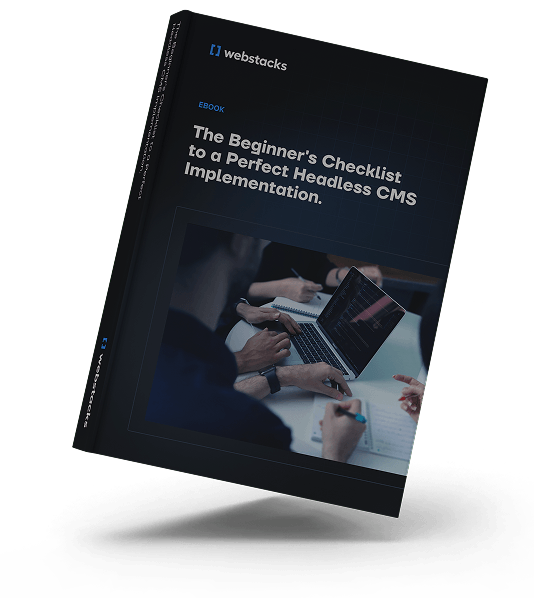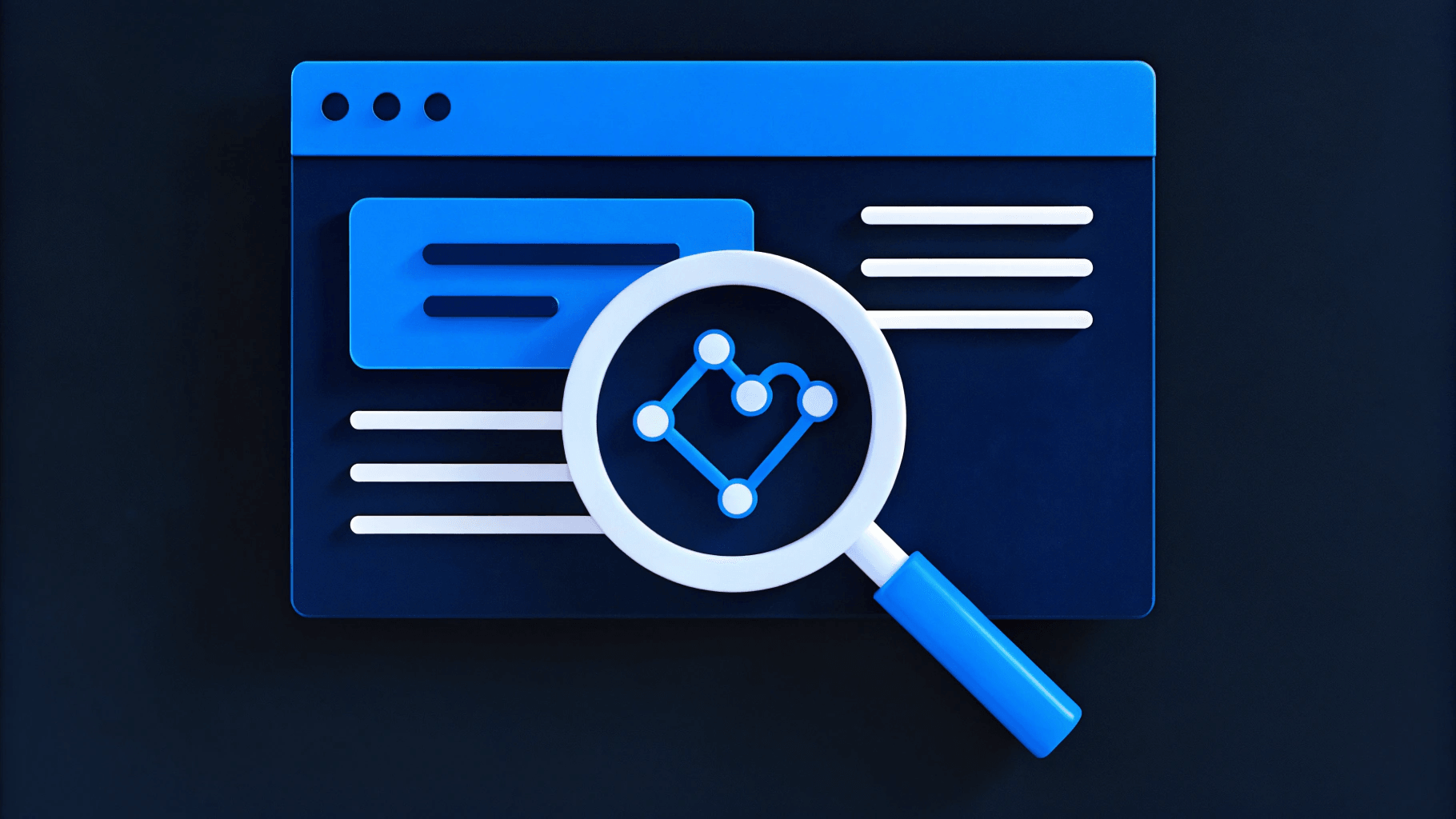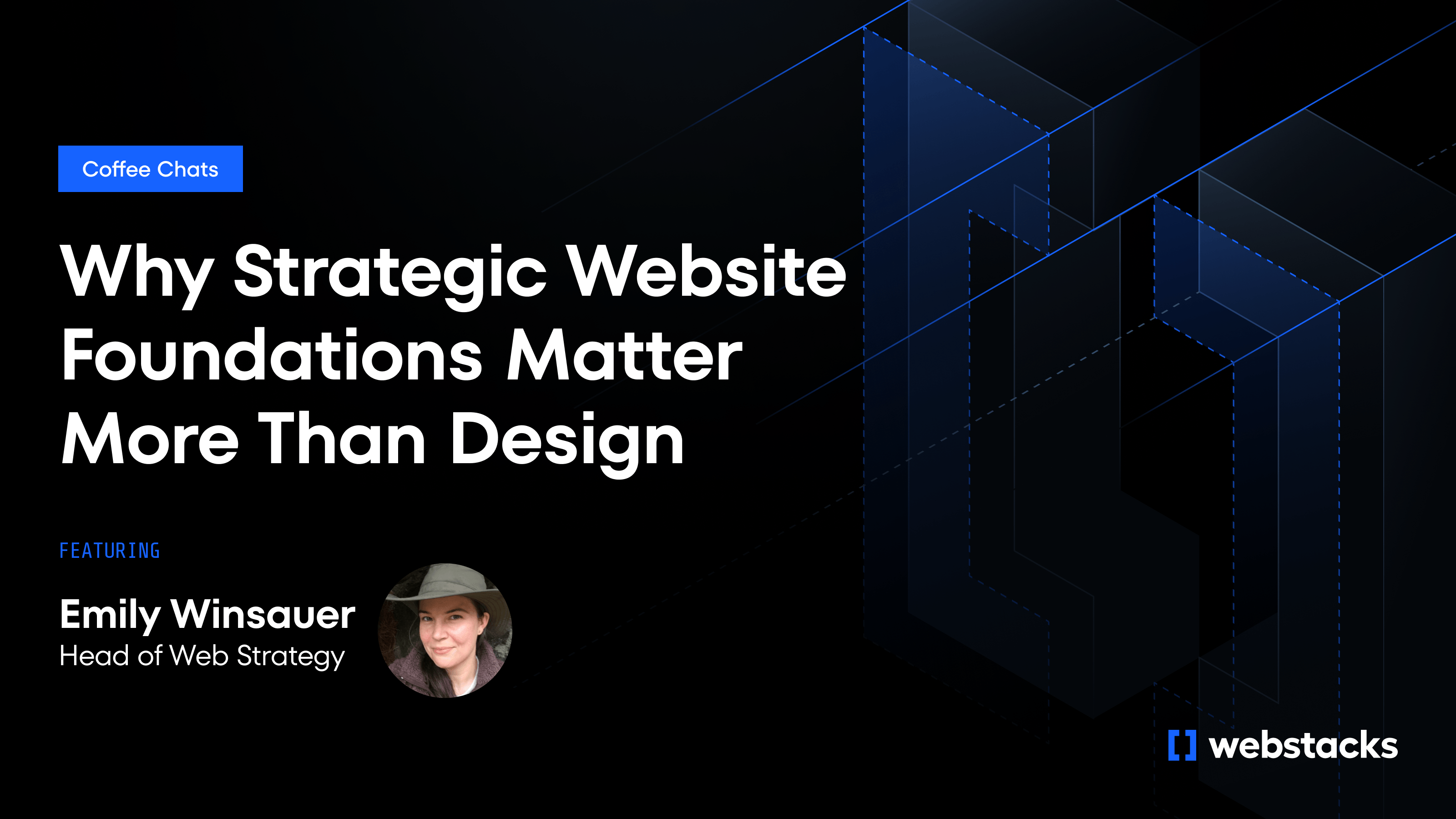Migrating your website is an opportunity to redefine your online presence. Whether you're changing domains, moving to a new platform, or revamping your site's architecture, you need a comprehensive website migration project plan.
It helps you define clear goals, set timelines, and assign responsibilities to reduce surprises. Actions like setting up proper redirects, backing up data, and testing in a staging environment protect your site's integrity. Keeping track of every step—with the help of checklists—keeps the migration on course.
Key Takeaways:
- Website migration is a complex process that requires careful planning to avoid negative impacts on SEO and user experience.
- Different types of migration, such as domain changes or replatforming, present specific challenges and implications.
- Thorough pre-migration planning, including audits and stakeholder coordination, allows you to mitigate risks.
- Post-migration monitoring and analysis help maintain performance and allow you to make the necessary improvements.

4 Types of Website Migration & Their Implications
Overhauling your website isn't a minor tweak; it's a significant shift that can impact SEO, user experience, and business outcomes. When managed with a website migration project plan, migration preserves visibility and performance. When mismanaged, it can lead to redirect errors, broken links, and a drop in organic traffic.
1. Domain Change: Rebranding or Business Acquisition
Switching to a new domain often comes with rebranding or business acquisitions. It's a chance to strengthen brand identity, but it risks losing SEO value if redirects aren't correctly mapped. Traffic can take a hit, and search rankings may dip.
2. Replatforming: Moving to a New CMS or Headless Architecture
Replatforming means moving from one CMS to another or adopting a headless setup for more flexibility and scalability. It can improve backend capabilities and site performance. However, challenges like data migration and preserving SEO-critical metadata require careful coordination within your website migration project plan. Thorough testing helps prevent content gaps and display issues.
For instance, when transitioning from WordPress to a headless CMS like Contentful, meticulous planning will preserve your content integrity and functionality.
3. Server Migration: Switching Hosting Providers or Upgrading Infrastructure
Changing hosting providers or upgrading backend infrastructure can boost performance, security, and capacity. But it also brings risks like downtime and data loss. Backups and staging tests contribute to a smooth transition, while DNS updates and post-migration server checks help maintain a consistent user experience. For example, moving to a modern hosting service like Vercel or Netlify can improve speed and handle increased traffic when executed properly.
4. Subdomain Consolidation: Merging Content for SEO & UX Benefits
Combining content from multiple subdomains into a single domain simplifies site structure and concentrates domain authority, often improving SEO. The tricky part is restructuring URLs and making sure redirects preserve link equity. Monitoring analytics after consolidation helps identify and fix any unexpected performance drops.
How to Create a Website Migration Project Plan
Thoughtful planning is your best defense against the hazards of site migration. The steps below cover audits, stakeholder coordination, and strategic readiness. Whether you're aiming for a minor update or a full redesign for SEO success, keep these tips in mind:
1. Define Migration Goals and Objectives
Start by getting clear on why you’re migrating your website. Maybe you’re moving to a new platform for better performance or redesigning the site to match a fresh brand identity.
Whatever the reason, you need specific goals to guide the process. Outline what success looks like. Is it retaining your search engine rankings? Reducing load times? Improving conversions?
Concrete objectives help you measure progress and ensure everyone on the team is on the same page. Without clear goals, you could end up making costly changes that don’t solve your real problems.
2. Assemble Your Migration Team and Assign Roles
Website migrations are team efforts, so you need the right stakeholders involved from the start. Typically, you’ll want a project manager, developers, SEO experts, designers, and content specialists.
But it’s not enough to just gather a team—assigning clear roles and responsibilities is what keeps things on track. When everyone knows what they’re responsible for, there’s less chance of tasks slipping through the cracks. Set up regular check-ins so the team stays aligned and issues get flagged early.
3. Conduct a Website Audit and Inventory
Before you make changes, get a full picture of what you already have. Audit your current website, cataloging all pages, content, media, and assets. Identify what’s performing well and what’s outdated or broken.
This step helps you decide what to migrate, update, or leave behind. It also gives you benchmarks to measure success after the migration.
Tools like site crawlers can help you scan everything quickly, but manual reviews are just as important to catch issues like duplicate content or broken links.
4. Develop a Migration Timeline and Milestones
Migrations can get messy without a clear timeline. Break the project into phases, setting deadlines for each stage: pre-migration prep, staging, testing, launch, and post-migration fixes. Don’t forget to include buffer time for unexpected issues—because they always pop up.
Milestones give your team targets to aim for and make it easier to track progress. Plus, with a timeline in hand, you can keep stakeholders in the loop and manage expectations.
5. Create a Content and URL Mapping Plan
A URL mapping plan helps preserve your search rankings and avoids frustrating visitors with dead links.
URL changes are one of the biggest SEO pitfalls during a migration, so plan your redirects carefully. Map out every old URL to its new destination, so that search engines and users land where they should.
At the same time, decide which pages to keep, update, merge, or remove entirely.
6. Back Up Your Current Website
Before making any changes, back everything up. That means saving copies of your website files, databases, images, and anything else. If something goes wrong during the migration, you’ll be able to restore your site quickly.
Even if your hosting provider has automatic backups, it’s smart to make your own. Store backups in multiple locations, like a cloud service and an external hard drive, for extra security.
7. Set Up a Staging Environment for Testing
Testing on your live site is a recipe for disaster. Set up a staging environment—a private copy of your website where you can test changes without impacting users.
This lets your team troubleshoot issues, preview the new design, and test functionality safely.
Make sure the staging environment matches the live site as closely as possible, including software versions, plugins, and configurations.
8. Conduct Pre-Migration Testing
Before you launch, test everything thoroughly. Check that redirects work correctly, all pages load properly, and there are no broken links. Run SEO audits to check that metadata, headers, and structured data are in place. Test site speed, especially on mobile devices.
The goal is to catch problems now, before they affect your users or search rankings.
9. Execute the Website Migration
Launch day is all about following the plan. Roll out the migration step-by-step, keeping an eye on site performance as you go. Have your team ready to address issues immediately, whether it’s broken pages or slow load times.
Use monitoring tools to check for server errors and downtime. It’s also a good idea to limit other website changes during the migration to reduce complications.
10. Perform Post-Migration Testing and Quality Assurance (QA)
Once the migration is complete, test everything again. Quality assurance at this stage helps catch anything missed during the initial migration and helps your visitors have a smooth experience.
Verify that all redirects work, pages load correctly, and forms are functional. Run another SEO audit to check for issues like broken links, missing metadata, or indexing problems. Test site speed and mobile usability.
Make Your Website Migration Smooth and Stress-Free
A smooth website migration comes down to careful planning, precise execution, and staying on top of issues once your new site is live. With the right project plan, you can reduce surprises, protect your search rankings, and keep your users happy throughout the transition.
If you’re considering a headless architecture as part of your migration, having a clear roadmap is even more important. Our headless CMS implementation checklist walks you through every step of the process, making your shift from a traditional CMS to a headless setup more straightforward. From setup to launch, you’ll have a guide designed to help you avoid headaches and speed up your transition.
Download the headless CMS implementation checklist and get started today.






